100 Design Rules 2025: Living Rooms
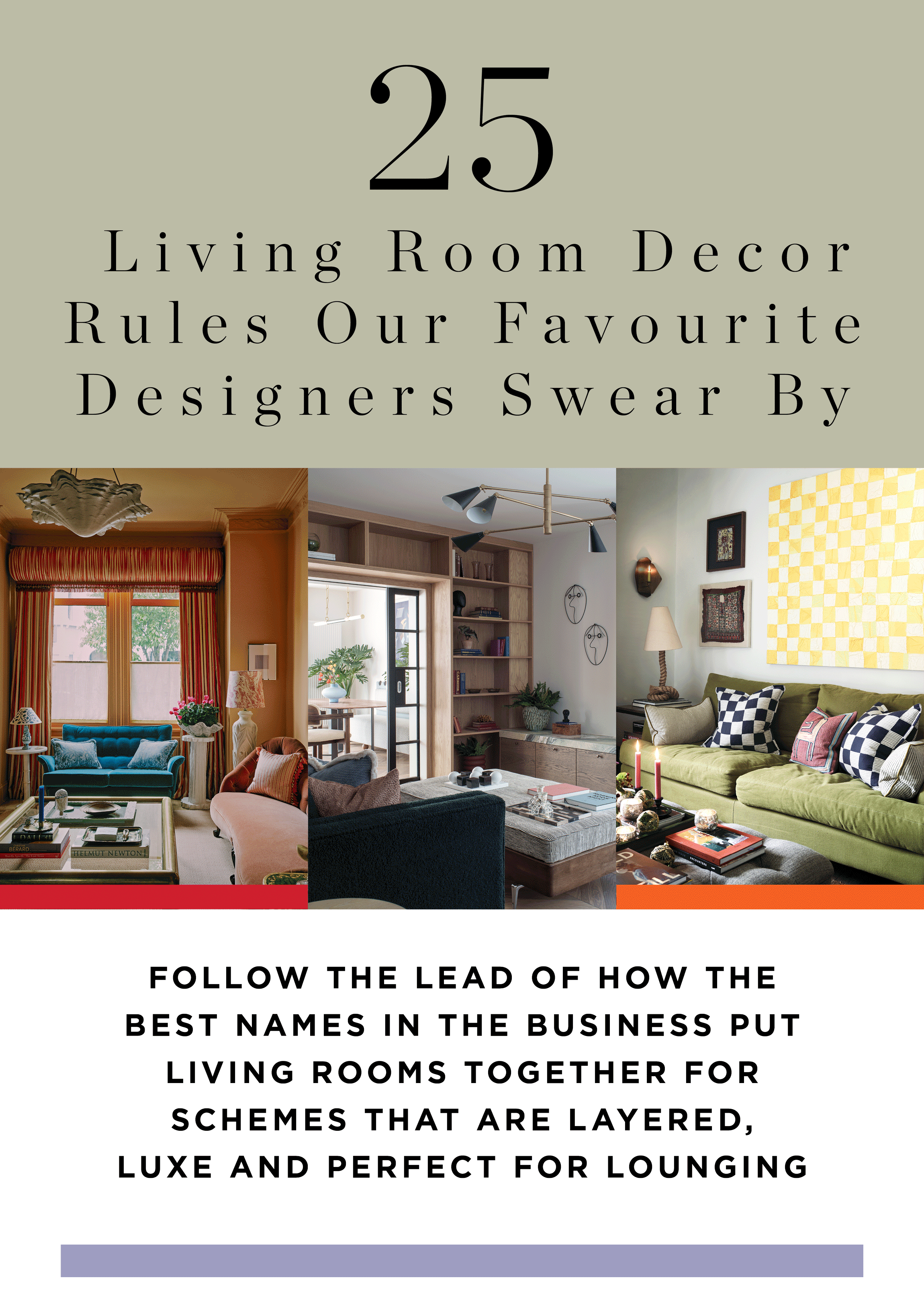
Design trends come and go, but there are certain rules that feel absolutely right for 2025, and that our favourite designers are sticking to rigidly. They're the ideas that are non-negotiable, that don't matter if you're minimalist or embracing pattern, but that will make a space that is comfortable, elegant, luxe - and above all, makes the perfect room in which to relax, entertain and feel wonderfully cosy.
Pieced together from the very best creatives working today, the ones whose work regularly informs the trends we report on at Livingetc, these guidelines are all you need to know. So from the exact size that the sofa needs to be for watching TV on to the base colours that make bolder tone sing, if you take heed of these rules you'll be able to make a living room that looks professionally curated.

Take your decorating lead from the period of the property
‘Look at the architecture of the room,’ says Lizzie Deshayes, co-founder of Fromental. ‘It makes very little sense to use an 18th century chinoiserie in a home built in the 1960s, with no period details. It would jar. For a contemporary building, look to contemporary patterns and pieces - a modernist geometric design, perhaps.’

Think about all the ways you’ll use your living room pieces before you buy them
You can’t be sure your choices are truly fit for purpose if you’re not honest about how you’ll really use them. ‘I’m keen that a rug not just feels good underfoot, but when you lie on it too (I have dogs and am always lying down on the floor on with them!),’ says the designer Zoe Feldman. ‘So I wouldn’t choose sisal, but something softer - I’ve just bought a mohair rug by Jennifer Manners for my own home and I’m totally obsessed!’

Antiques are better for family life than you think
Not only do they add character, they also tend to be hardier and take being knocked about a little. We’re talking vintage finds here, not priceless French furniture, you understand. If you have kids you shouldn’t’ have hard, new edges like a glass coffee table,’ says Heather French, co-founder of French and French Interiors. ‘You want an antique that will age with time and patina and get better - you need to think about how you want to live in a house and how careful you trust your family members to be.’
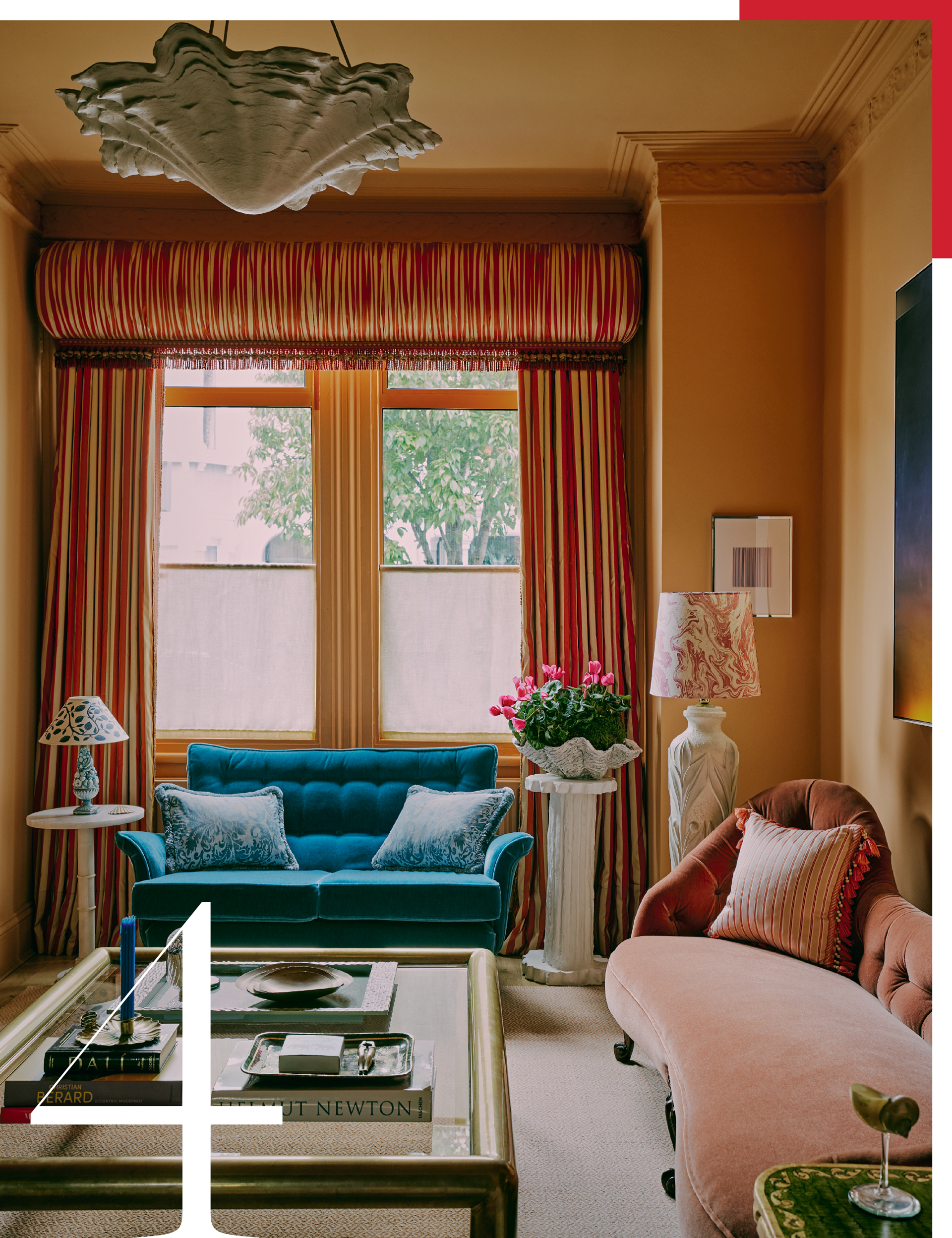
Tones need to contrast, temperature-wise
If you were to drench a living room in a cool tone like blue (or just use it on the walls) then you’ll need to add warmth elsewhere,’ says, the designer Stephanie Barba Mendoza. ‘That means pinks, reds, oranges and so on used for fabric and accessories. Similarly, when covering a space in a warm tone, add cooler tones within - the blue sofas and pale plaster lights in my living room offset that Orange wall.’
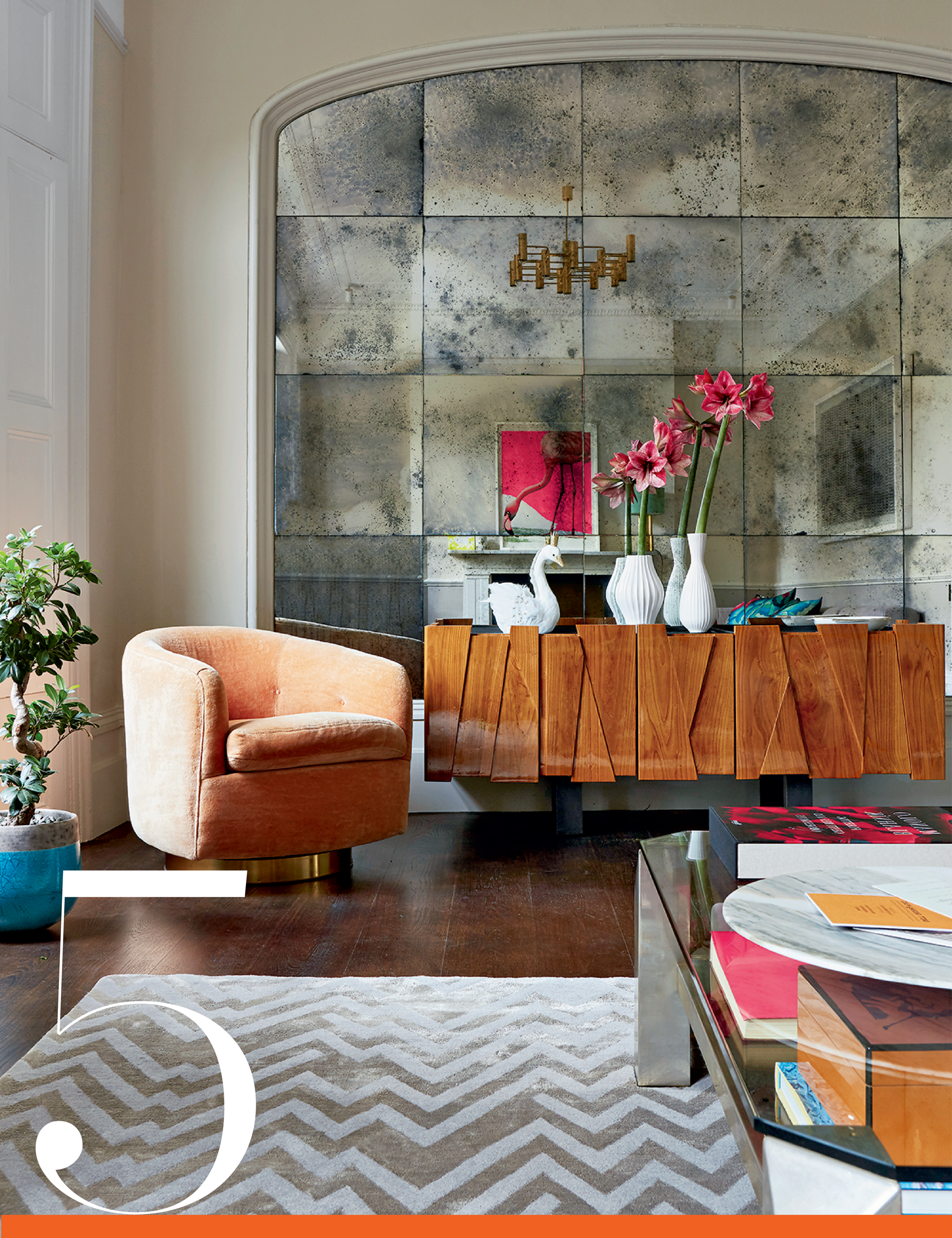
Include reflective surfaces
Whether it’s a mirror on the wall or gleam of metallic furniture legs, reflective surfaces are how a designer gets away with using bold ideas elsewhere in a living room. ‘If you have reflective surfaces you have the ability to play with strength of colour,’ says Jena Quinn, co-founder of Studio QD. ‘Lacquer, gold and exotic woods reflect the light and stop bold hues from seeming too heavy.’
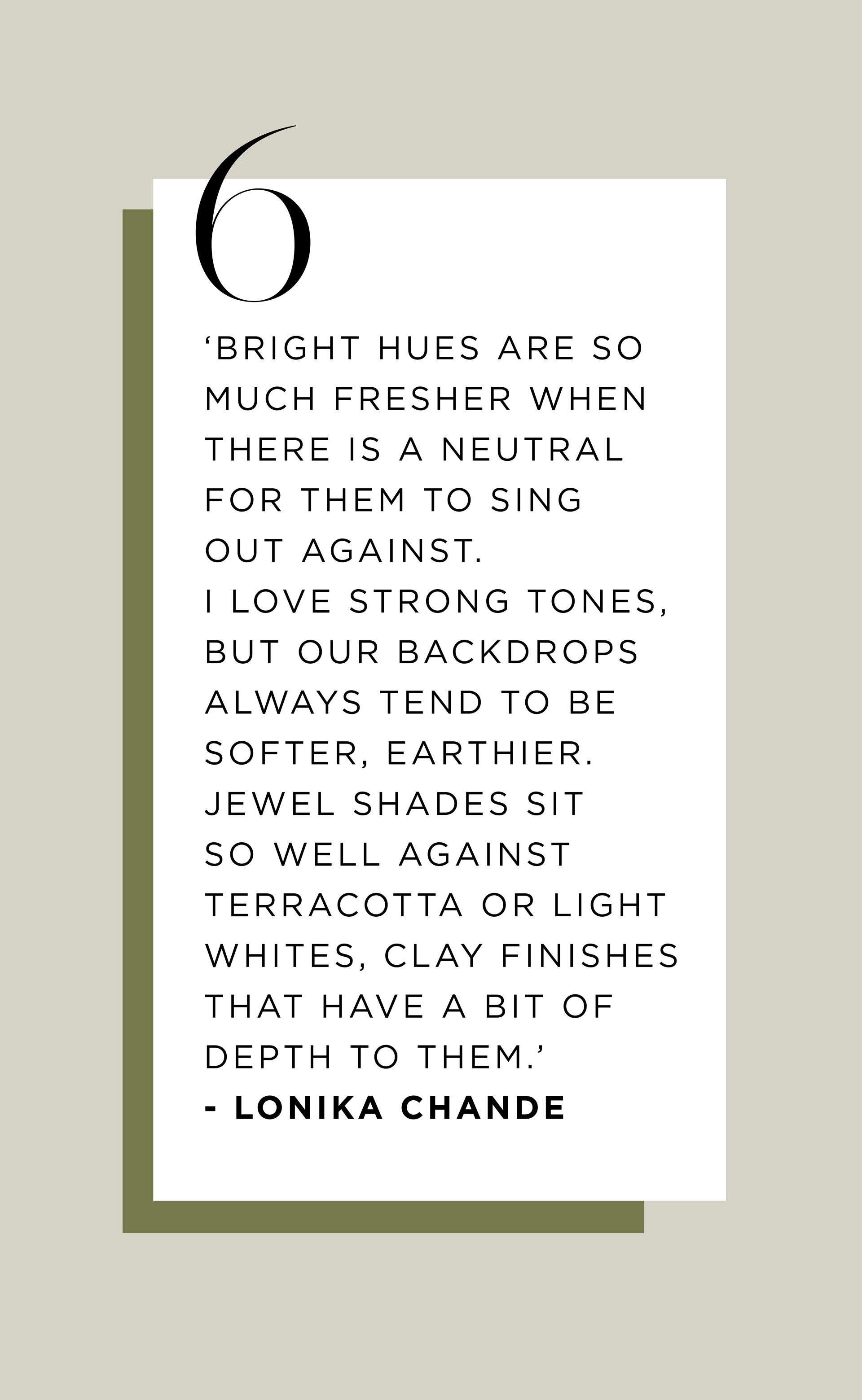

Neutrals are essential
‘We always use quite a lot of neutrals,’ says the designer Bryan O’Sullivan, and it’s worth finding ways to fold them into even the boldest schemes. ‘Whites, off-whites, chalky plaster walls which I like because they’re quite calm. Soft pinks, corals, light blues - shades on the pastel end of the spectrum so they’re not too oppressive. Very cosy.’
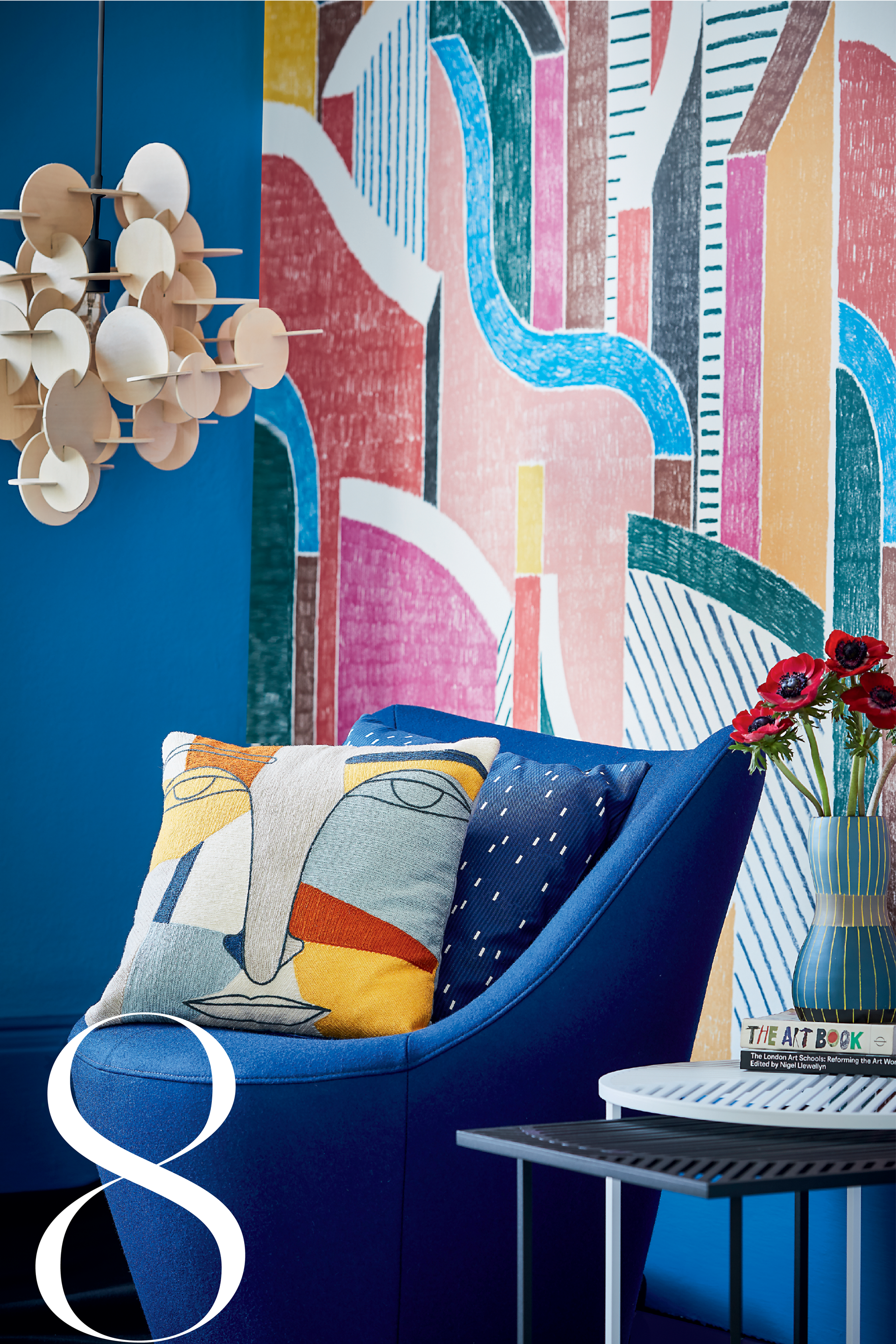
Cover walls in big patterns, instead of small repeats
Murals are a big design trend for 2025, seen in dining rooms and living rooms. Often across entire rooms, sometimes confined to one wall, always impactful, they set the scene for an inspiring scheme. ‘Panoramic’s invite your eye to journey around the room in a way that small repeats never could,’ says Lizzie Deshayes, co-founder of Fromental. ‘You’ll be constantly travelling, finding continual joy. You discover new things all the time, and are therefore constantly delighted.’
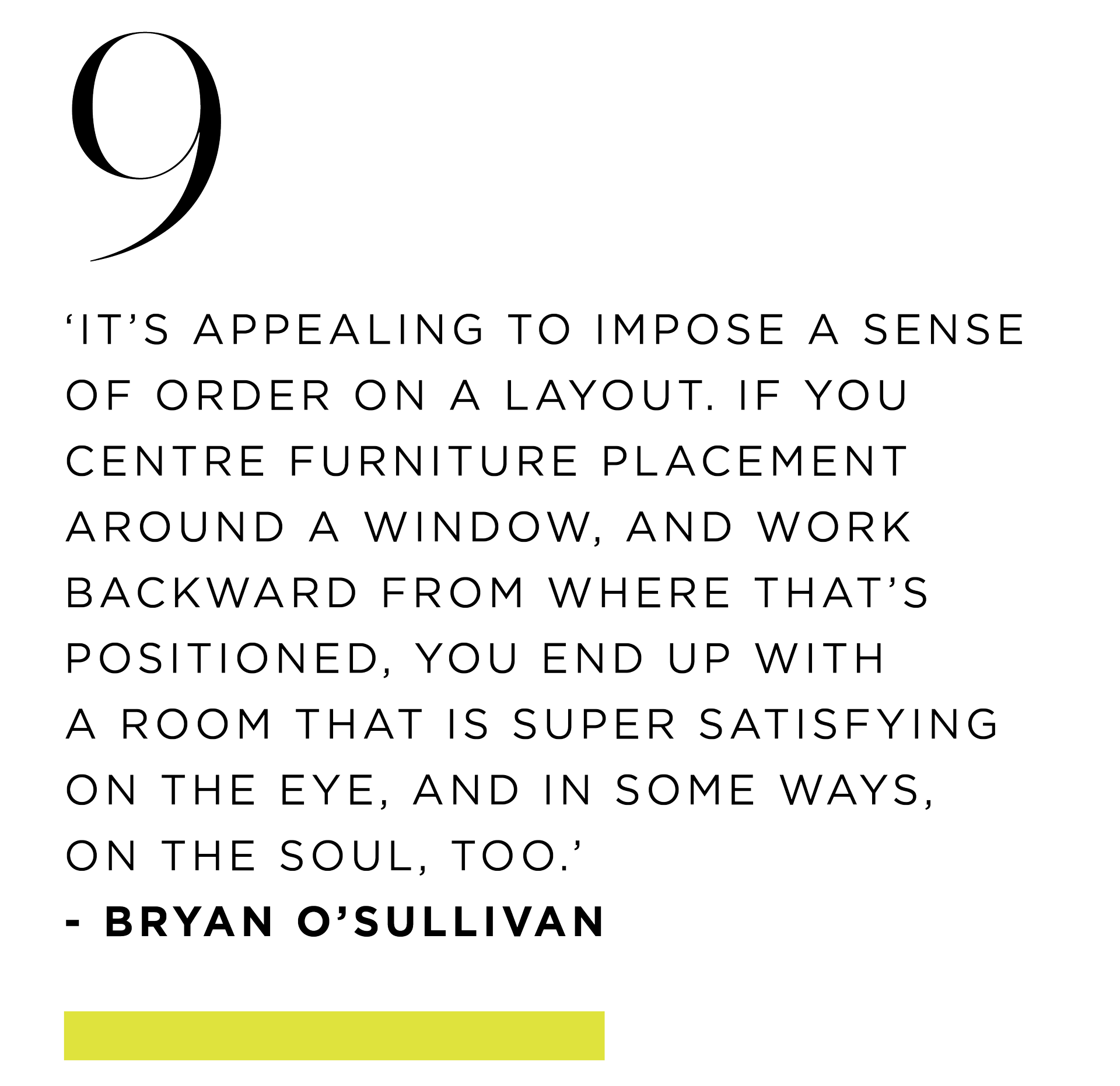
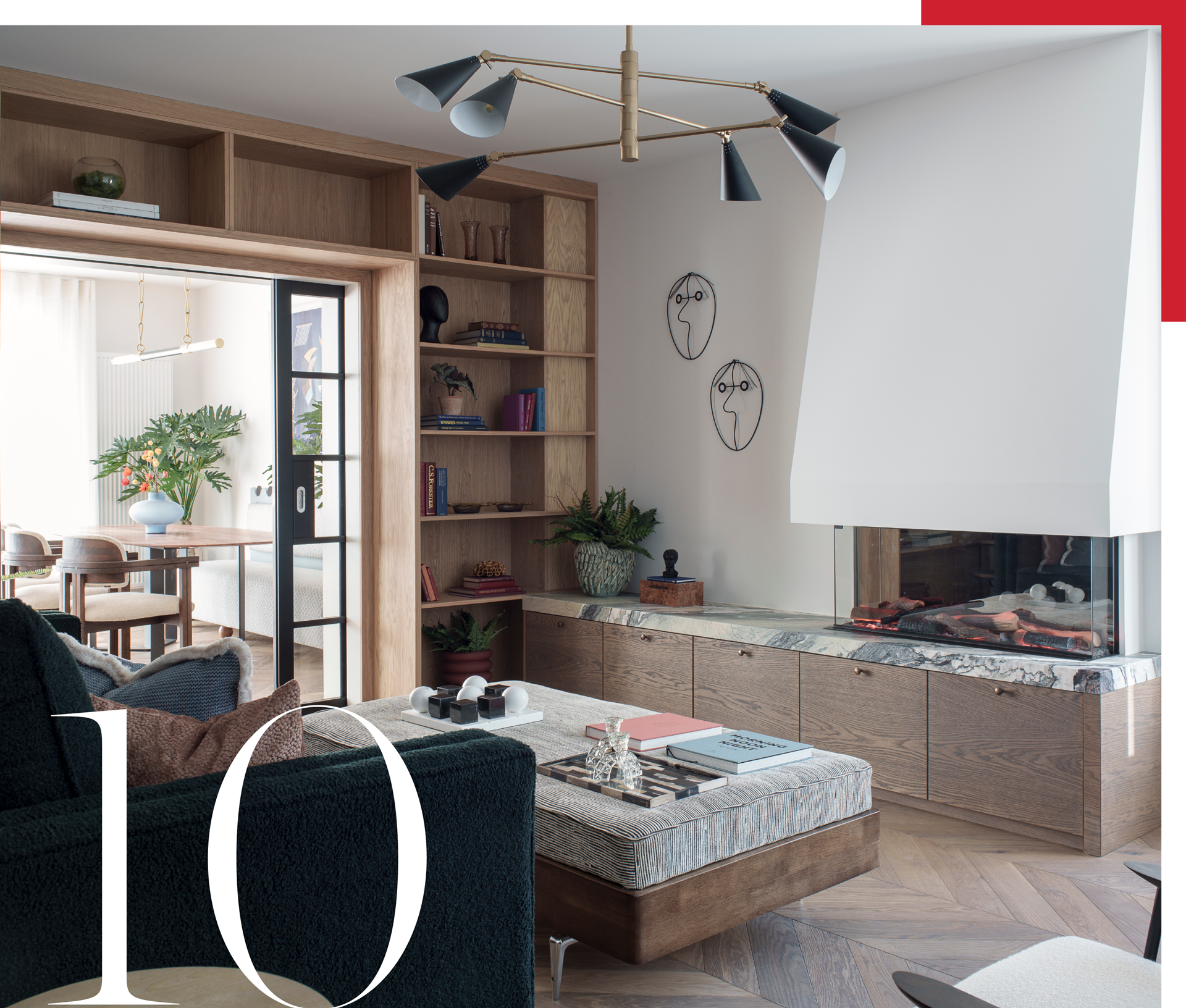
Don’t overstock your shelves
It can be tempting to cram bookcases with your full library, but that sense of stuffed shelving is not very inviting. ‘It’s overwhelming if there is stuff on every inch of every shelf,’ says Lia McNairy, co-founder of LALA Reimagined. ‘Especially if you’re using them to show off your objets. You don’t notice the shapes, indentations and beauty of them if they’re too close together with no air in between.’

And if you have a lot of books, ease off on pattern elsewhere
If a space is already quite busy with books and art, it won’t need a lot of pattern elsewhere,’ says Jo Le Gleud, co-founder of Maddux Creative. ‘A patterned rug could be good, but the furniture and walls won’t need much embellishment.’
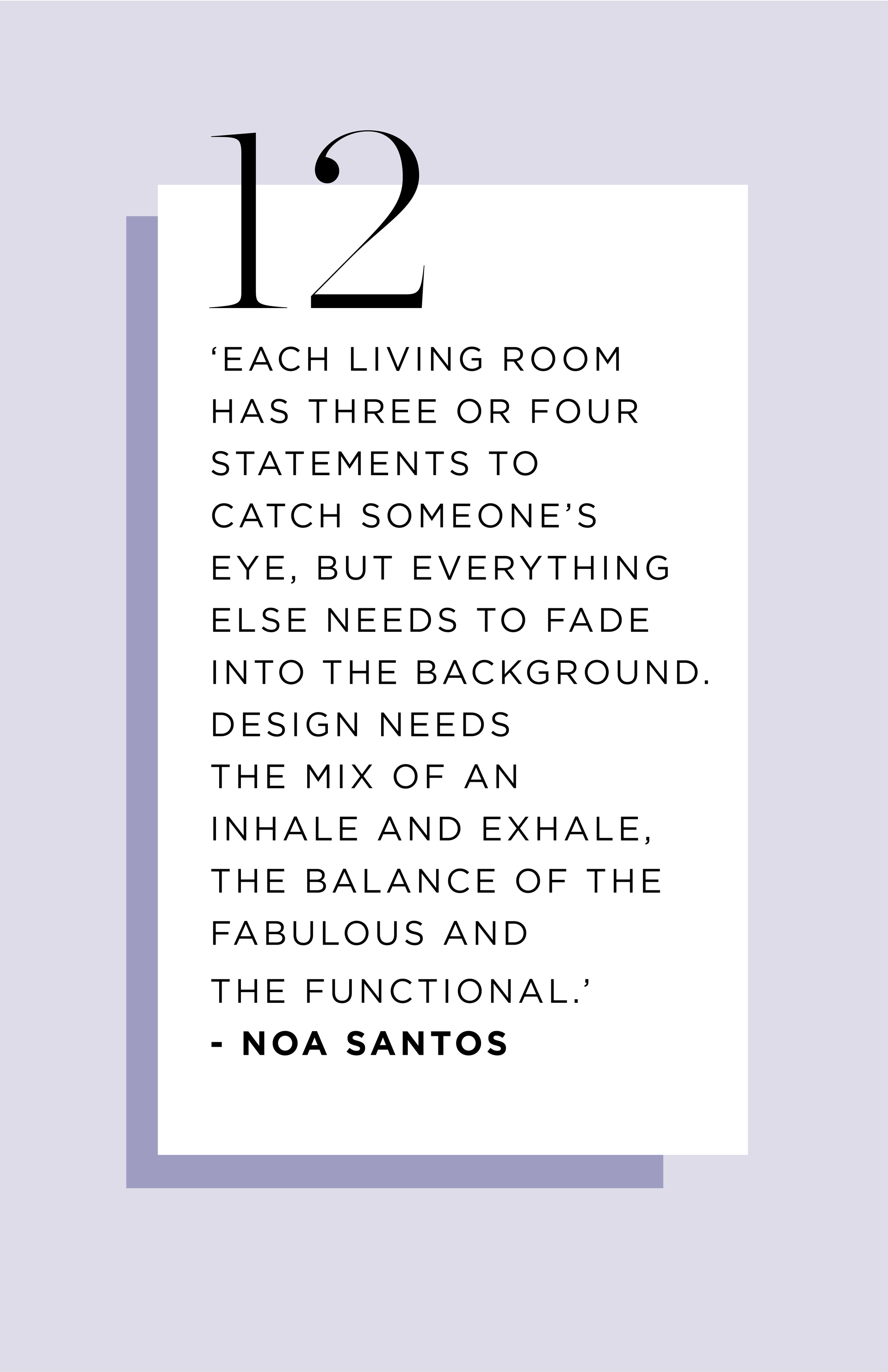

Make sure to include ways to entertain
The word ‘convivial’ could be used to sum up every design trend making waves this year, especially in the living room. ‘Every space needs to have a bar - some way of entertaining, a little table or cart or something,’ says Ronald Alvarez, co-founder of Moniomi. ‘You need proper seating that is inviting, so that you can have a great time with two or 20 people.’
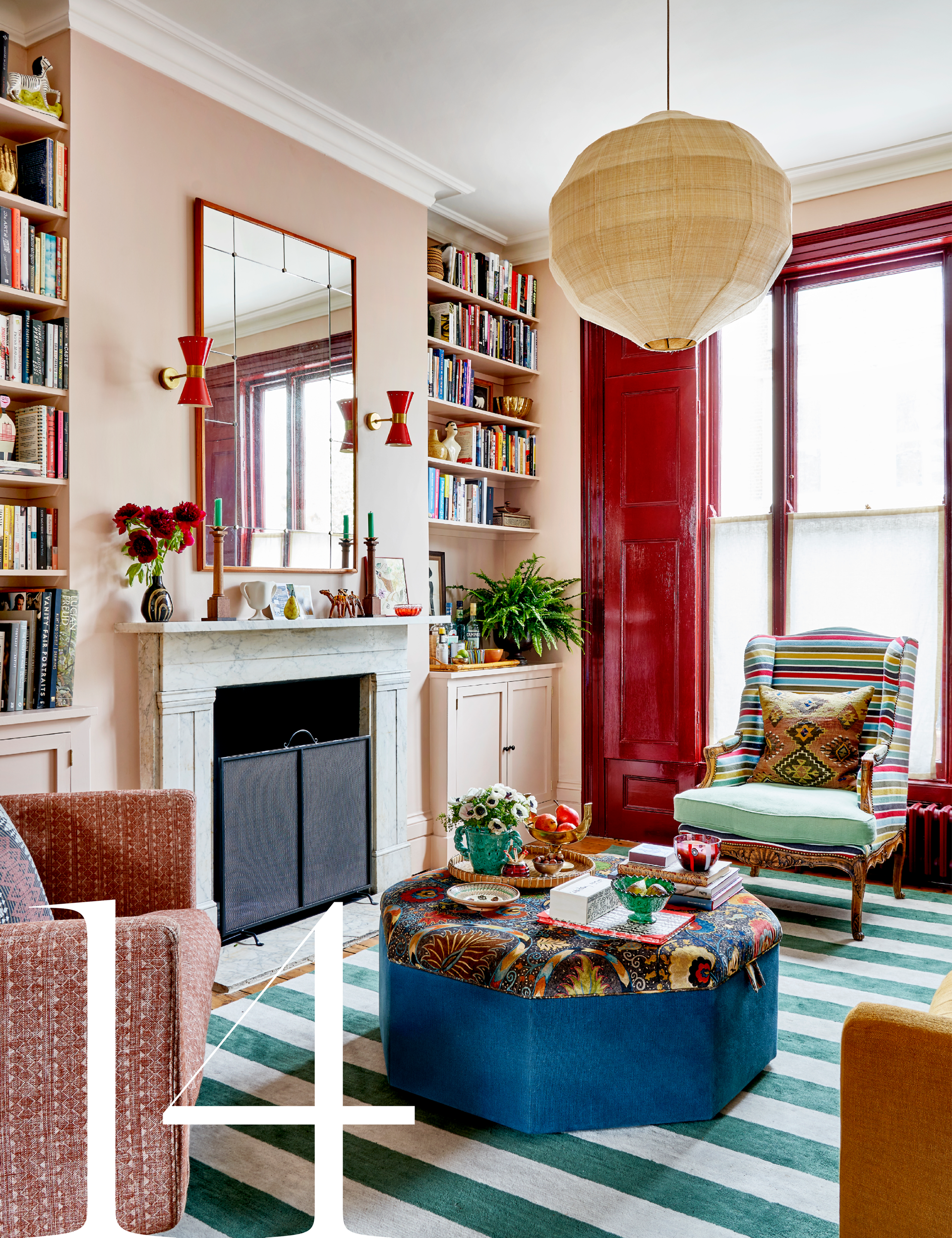
Include footstools and ottomans, which can double as extra seating
Often, the rooms we create are multifunctional - this comes with the territory of generally working on smaller London houses,’ says designer Lonika Chande. ‘So I am always thinking of how they might be used to entertain.’ Extra footstools, and ottomans used as coffee tables can all be reappropriated. On a recent project we upholstered some stools on castors that could be wheeled in to become extra seats at the dining table, a neat little trick that is good for city flats or smaller spaces.’

Allow circulation space between pieces of furniture
No matter how small the living room, being able to move around it is key - don’t be tempted to overcrowd the floor area. ‘Circulation is a big part of the happiness that comes from good design’ says Monica Santayana, co-founder of Monioimi. ‘You don’t want to be abrupt, or have your flow messed with, you want to be able to move around the space in a way that makes you feel effortless and elegant.’

Remove any sense of clutter
‘To make sure the light feels right, first you must get rid of clutter,’ says Arianna Lelli Mami, co-founder of Studiopepe. ‘You shouldn't have too many frames and things hanging on a wall. And if you do have things to hang, group them in a cluster so you get the balance of empty walls elsewhere, giving the eye somewhere to rest and allowing the light to flow so easily around the space, unobstructed.’
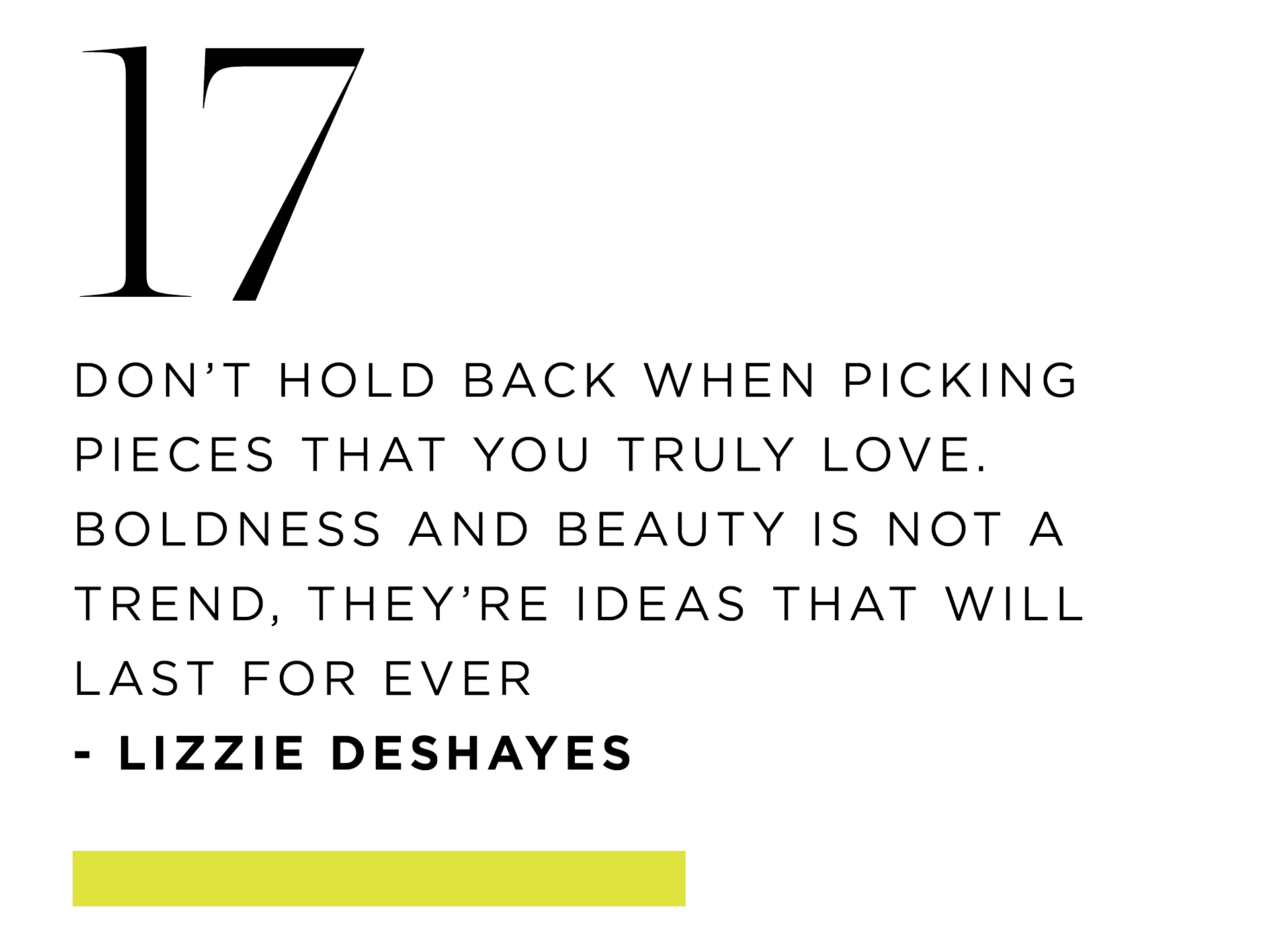
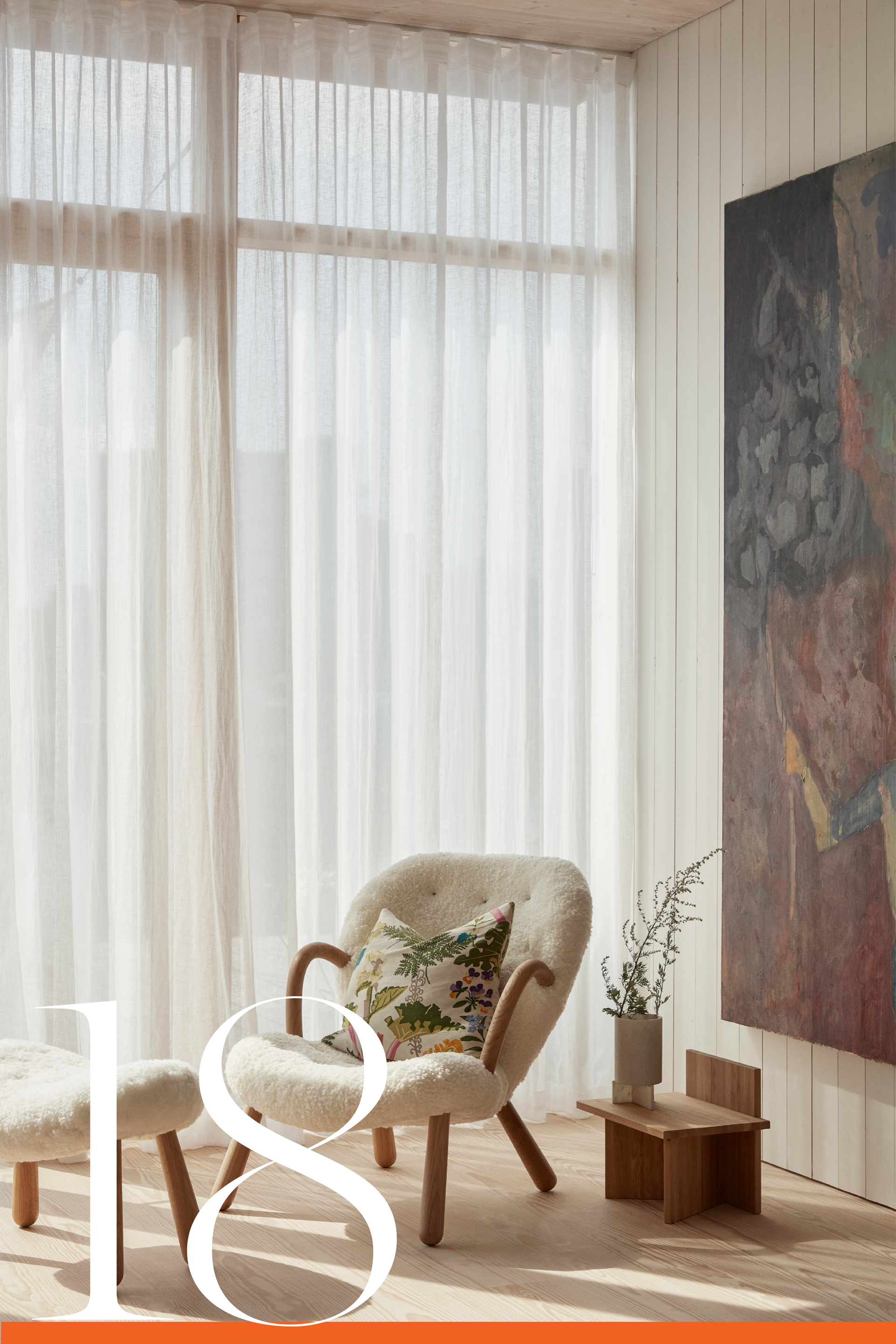
Embrace the haze of sheers
We’ve come a long way from net curtains, but the principle of them remains. ‘Floor to ceiling windows can feel like you’re living in an aquarium,’ says Scott Maddux, co-founder of Maddux Creative (and the same applies to uncovered bay windows that look out on the street). ‘So we use sheer curtains to add a little bit of pattern and texture, a bit of variation in transparency, to filter the light more softly.’
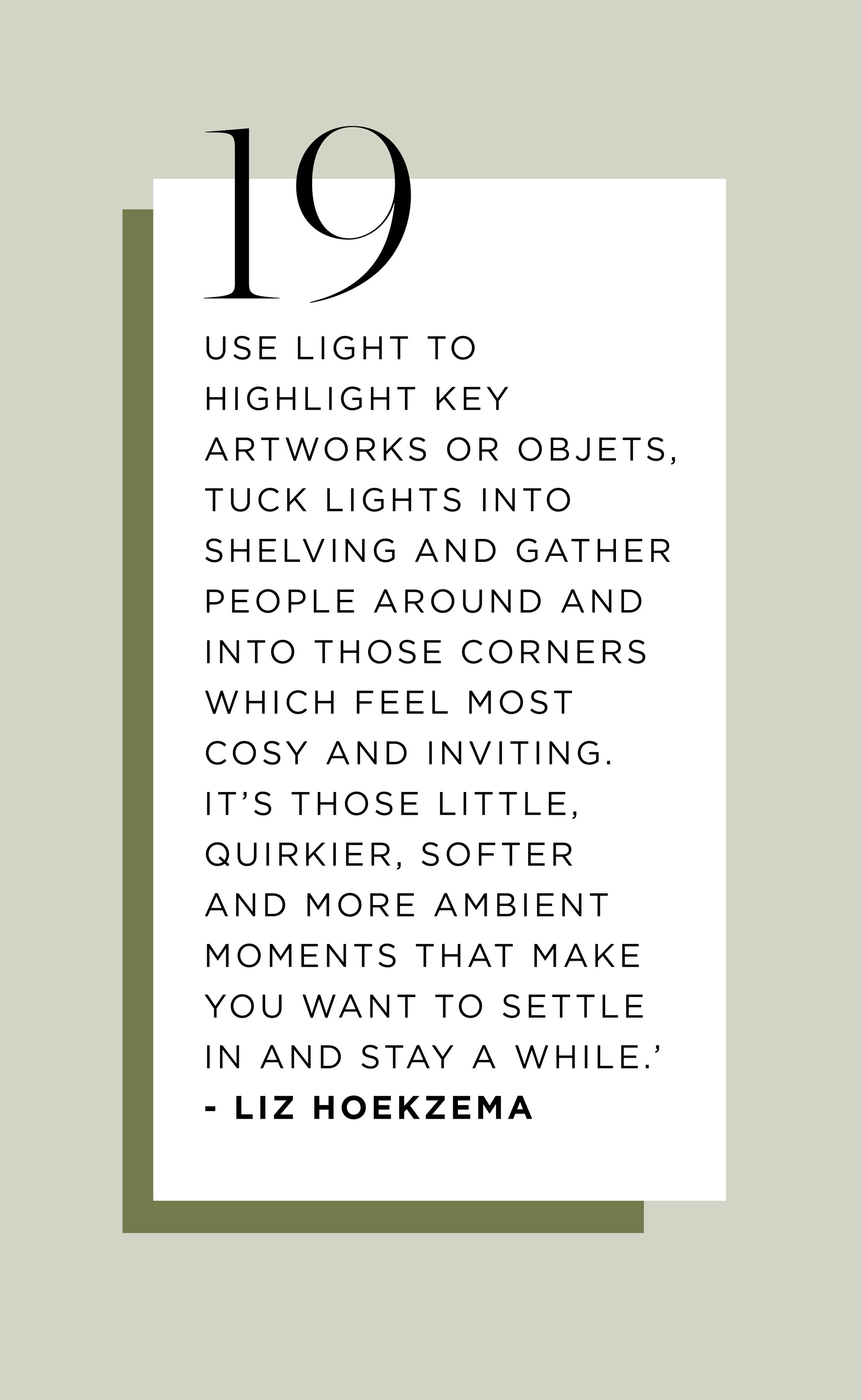

Living rooms need five sources of light
‘Overhead, wall, floor lamps, table lamps and task lighting,’ says the designer Christian Bense. ‘The more the merrier, really. This way you can highlight portions of the room, making it wide or small depending on how you are using it, with tiny reading corners or bathing a party in a warm glow.

Stray from the centre
‘Overhead light doesn’t always have to be central,’ says Christian Bense ‘Hang pendants in the corner, which makes them feel much more like an installation, and you’re more likely to actually turn them on.’
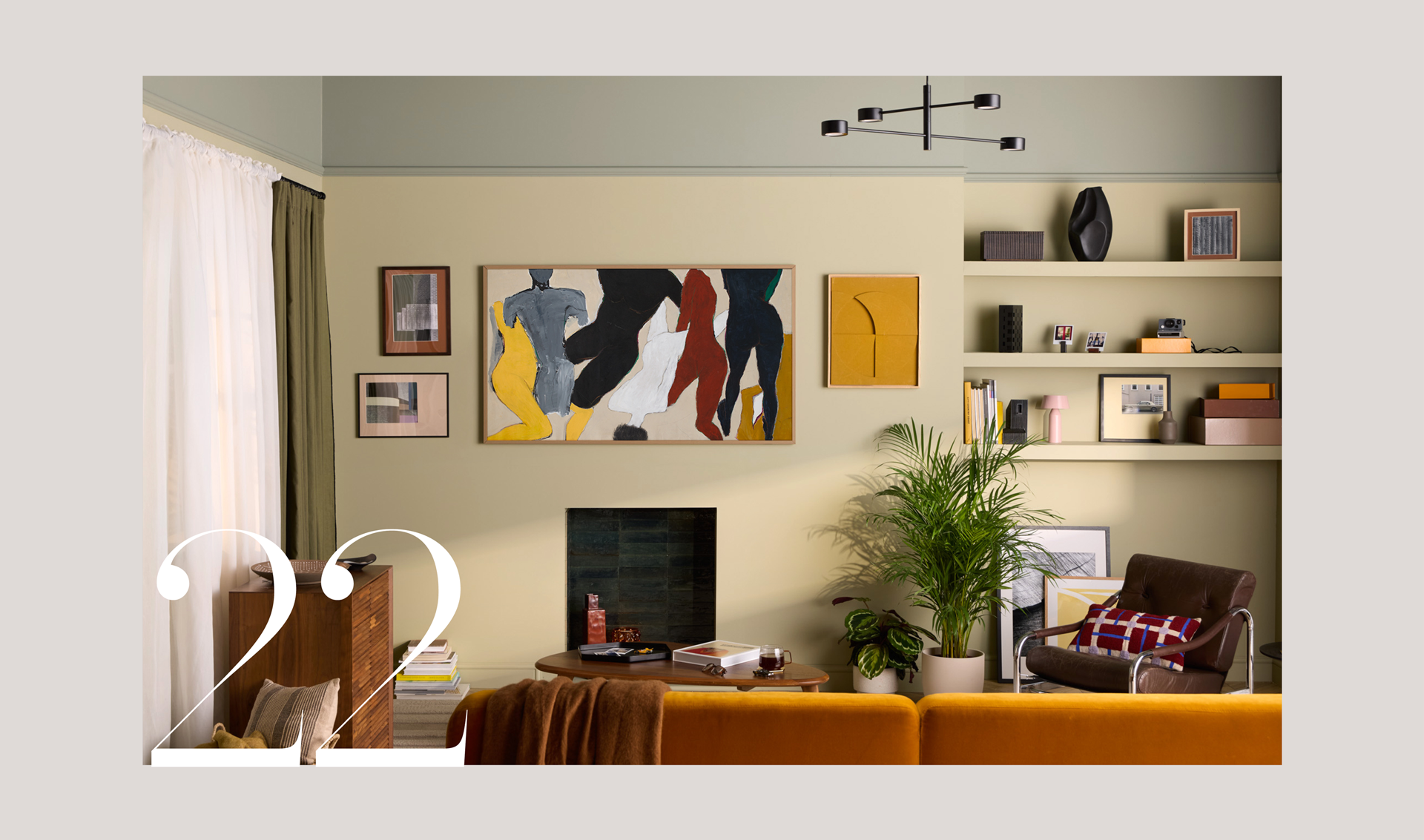
Choose tech as much for its beauty as for its function
‘I’m not going to suggest you don’t need a TV, but that can be beautiful, too,’ says Staffan Tollgard. ‘Make it look like a piece of art - the The Frame by Samsung blends into walls in a way that is both practical and useful too. Which is what the Scandi part of me believes all design should be about - visually uplifting and functional, too. A good motto to keep in mind when choosing your tech.’
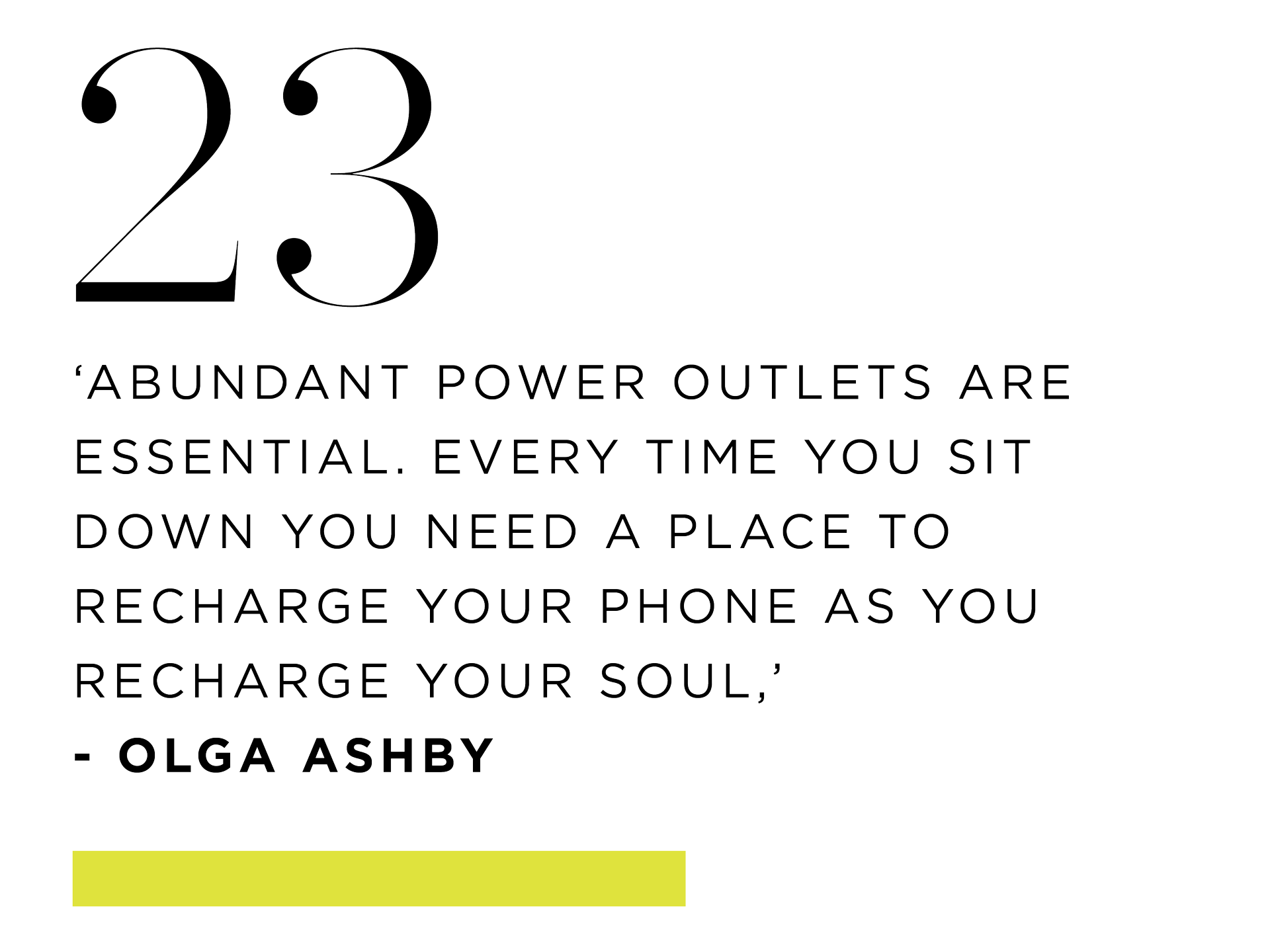
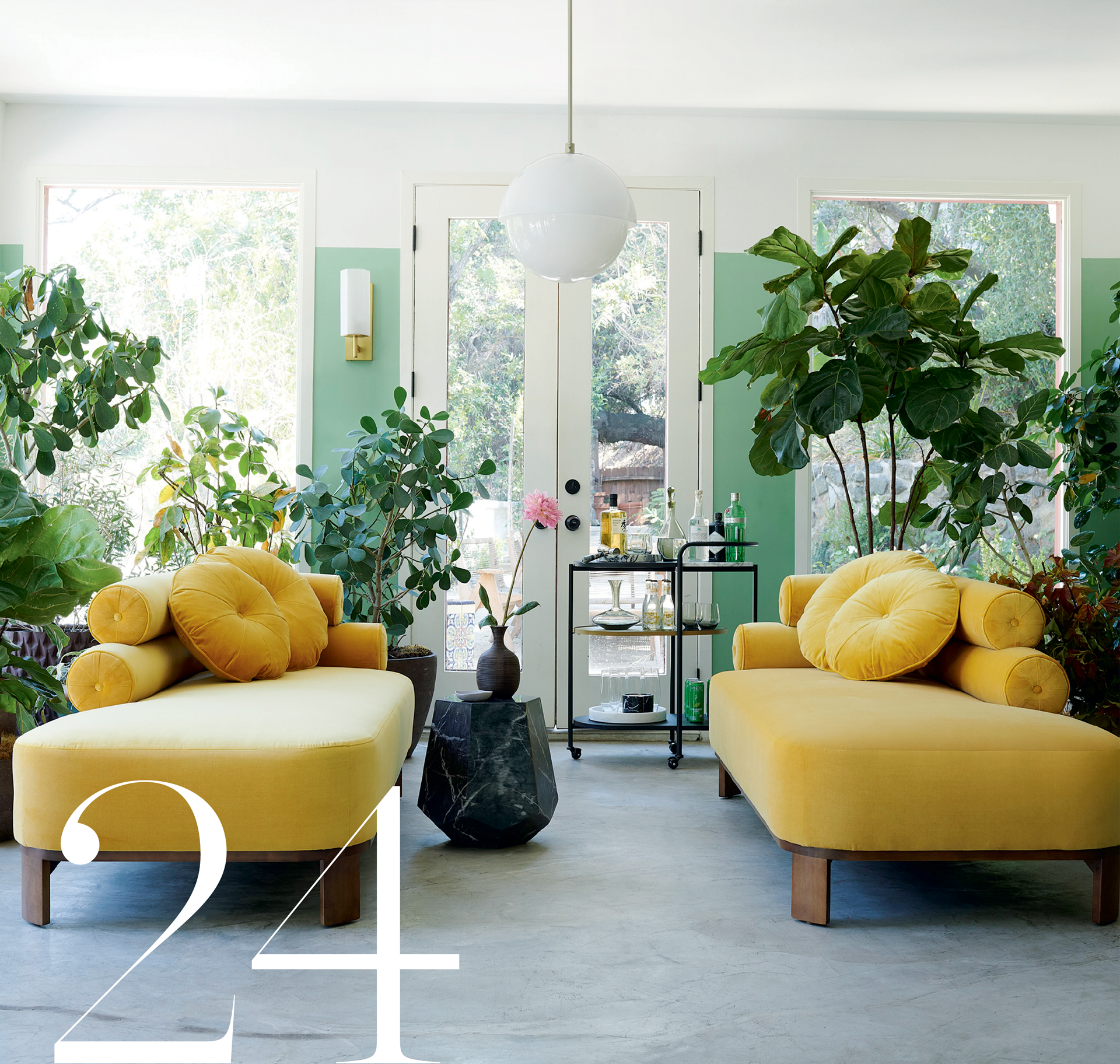
Sofas and chairs need rounded corners
‘Introduce gentle curves in the shapes of your furniture, don’t have anything too hard-lined,' says the designer Brigette Romanek. 'Then space them apart so their outlines have room to breathe. It will all come together.’

Pick your sofa shape based on what you will use it for
'Curved sofas are more suitable for entertaining, for a cocktail space with little end tables to put your drinks on,' says Bryan O'Sullivan. 'They’re not good as TV sofas though. You can’t lie across them. The perfect depth for a TV sofa is 69cm from the front to where the back cushion starts.’
Be The First To Know
The Livingetc newsletters are your inside source for what’s shaping interiors now - and what’s next. Discover trend forecasts, smart style ideas, and curated shopping inspiration that brings design to life. Subscribe today and stay ahead of the curve.
The editor of Livingetc, Pip Rich (formerly Pip McCormac) is a lifestyle journalist of almost 20 years experience working for some of the UK's biggest titles. As well as holding staff positions at Sunday Times Style, Red and Grazia he has written for the Guardian, The Telegraph, The Times and ES Magazine. The host of Livingetc's podcast Home Truths, Pip has also published three books - his most recent, A New Leaf, was released in December 2021 and is about the homes of architects who have filled their spaces with houseplants. He has recently moved out of London - and a home that ELLE Decoration called one of the ten best small spaces in the world - to start a new renovation project in Somerset.
-
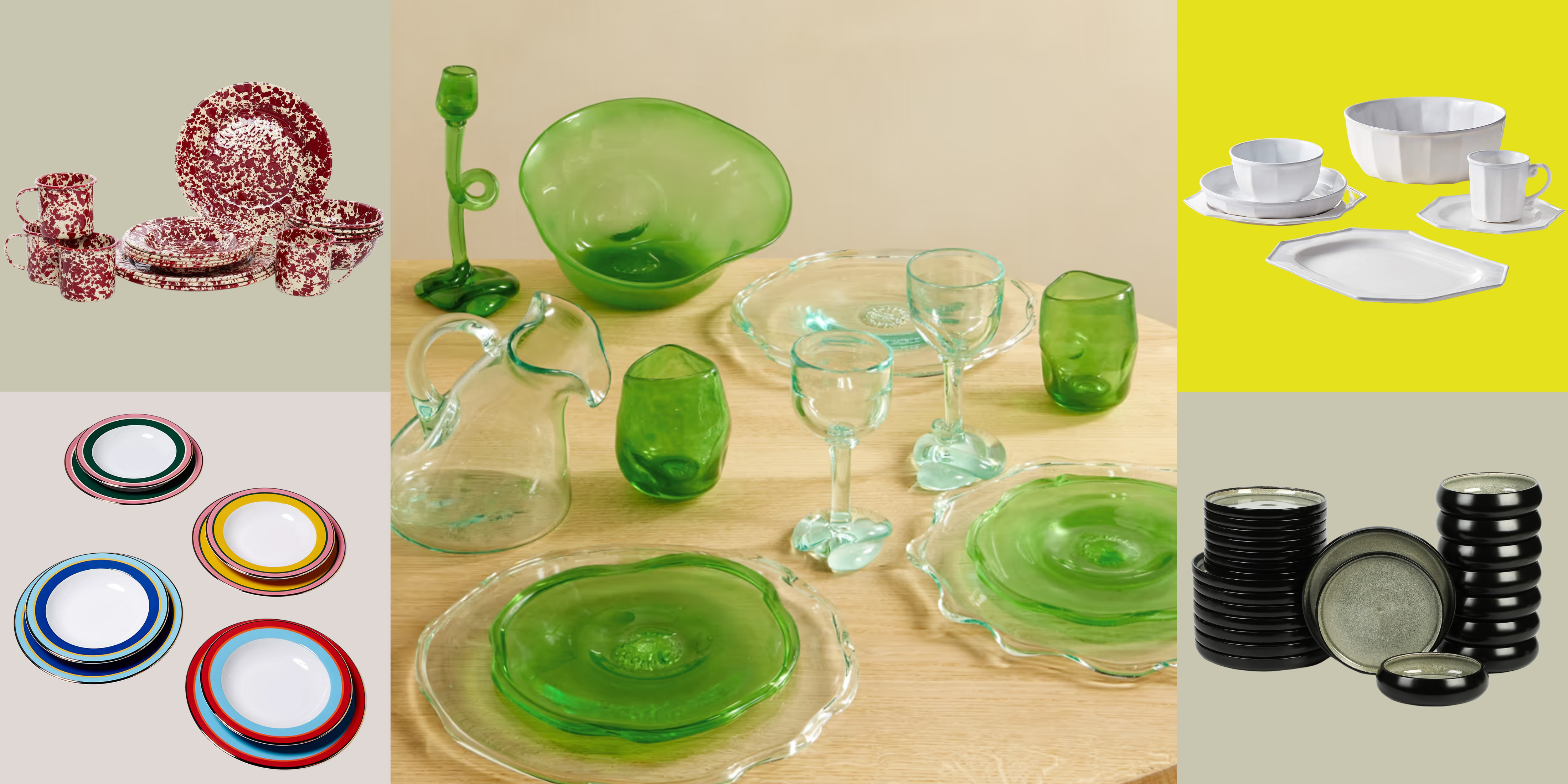 The 13 Best Dinnerware Sets to Impress Your Most Discerning Guests — and Elevate Your Everyday Rituals
The 13 Best Dinnerware Sets to Impress Your Most Discerning Guests — and Elevate Your Everyday RitualsHot restaurants have them customized. Great hosts collect them. These are the dinnerware sets that do more than just serve food
-
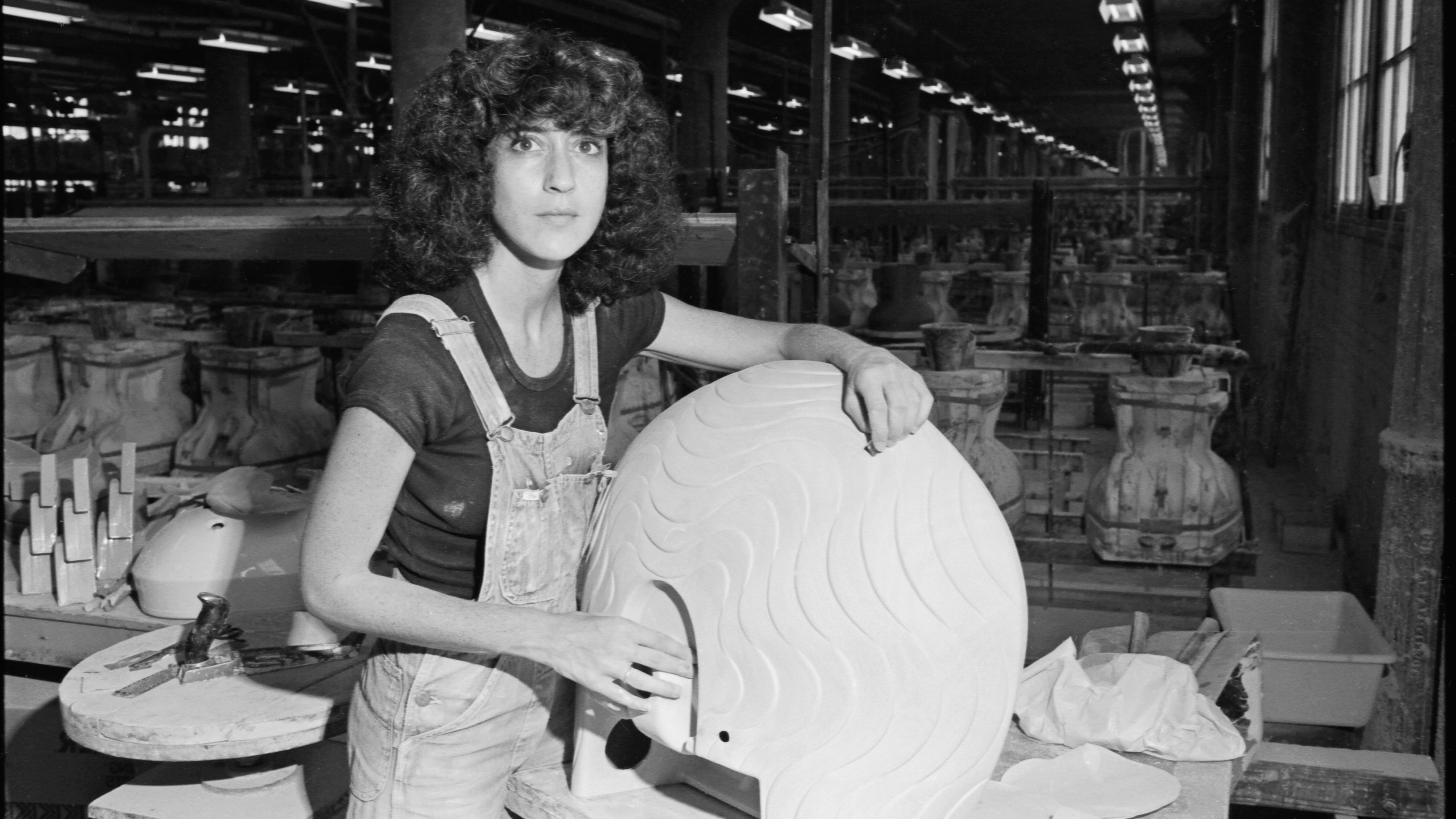 Four Decades of Kohler’s Artist Editions — Inside the Avant-Garde Initiative That Changed the Bathroom Forever
Four Decades of Kohler’s Artist Editions — Inside the Avant-Garde Initiative That Changed the Bathroom ForeverKohler’s Artist Editions celebrates 40 years of turning sinks, basins, and toilets into collectible design — pushing the industry forward without ever losing sight of real life